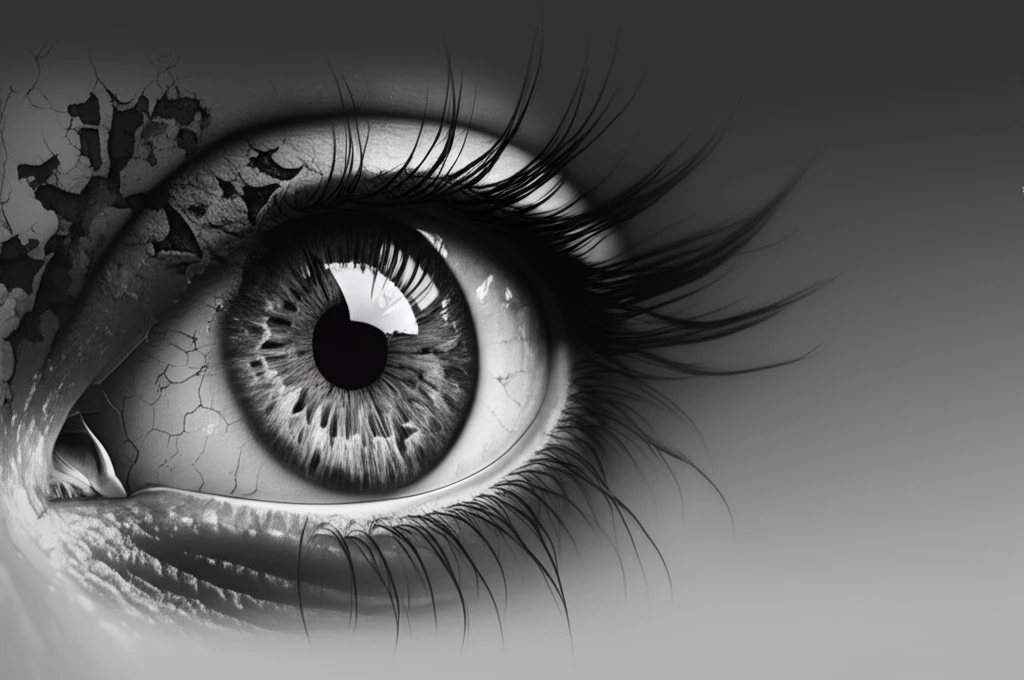
Is Your Vision Sharp Enough? Understanding Contrast Sensitivity and Why It Matters
"A deep dive into contrast sensitivity testing, comparing traditional methods with modern digital solutions, and how they impact your everyday life and eye health."
When we think about good vision, the first thing that often comes to mind is visual acuity – that 20/20 score you get at the eye doctor's office. But there's more to sight than just being able to read letters on a chart. Contrast sensitivity, the ability to distinguish between subtle differences in shading and patterns, is crucial for navigating the world around us.
Imagine driving on a foggy morning or trying to find a white object against a white background. These everyday tasks rely heavily on contrast sensitivity. Reduced contrast sensitivity can make it difficult to recognize faces, read in low light, and even judge distances, impacting everything from driving safety to overall quality of life.
This article explores the world of contrast sensitivity, looking at how it's measured, why it's important, and how modern technology is changing the way we assess and manage visual health. We'll delve into a comparison of traditional testing methods with newer, computerized systems, and what this means for you and your vision.
What is Contrast Sensitivity and Why is it So Important?

Contrast sensitivity (CS) is the ability to detect subtle differences in luminance or color between different areas of an image. Unlike visual acuity, which measures the smallest details you can see at high contrast, CS evaluates how well you perceive objects that blend into their background.
- Drive safely, especially at night or in foggy conditions
- Recognize faces and expressions
- Read in dimly lit environments
- Navigate stairs and avoid obstacles
- Participate effectively in sports and hobbies
The Future of Vision Testing: Early Detection for Better Eye Health
As technology advances, the future of vision testing is leaning towards more sophisticated, computerized systems that can provide a comprehensive assessment of visual function, including contrast sensitivity. Early detection of vision problems through regular and thorough testing is key to managing eye health and maintaining a high quality of life. If you have concerns about your vision, talk to your eye care professional about contrast sensitivity testing and how it can benefit you.
